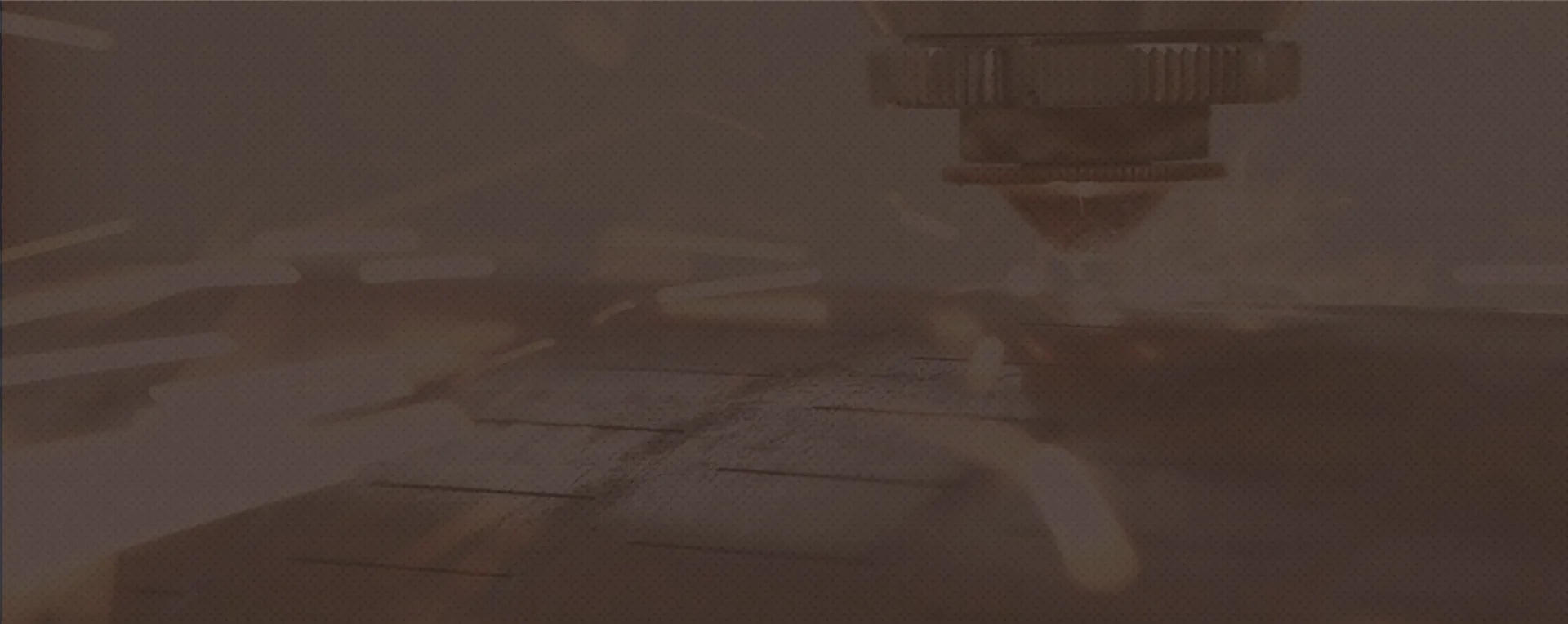drag chain
Understanding Drag Chains An Essential Component in Modern Machinery
In the realm of modern machinery and industrial automation, the drag chain plays a crucial role in ensuring efficient movement and protection of flexible cables and hoses. This vital component is often overlooked, yet its significance cannot be underestimated. Drag chains, also known as cable carriers or energy chains, are designed to guide and support cables and hoses in various applications, particularly in environments where moving parts are present.
The primary purpose of a drag chain is to protect cables and hoses from wear and tear caused by abrasion, bending, and external elements. In any automated system, cables are essential for transmitting power and signals, yet their constant movement can lead to deterioration over time. Drag chains minimize this risk by providing a well-organized pathway, allowing cables to move freely and safely without tangling or snagging.
Drag chains come in various sizes, shapes, and materials, catering to a wide array of applications—from CNC machines and robotic arms to conveyor systems and agricultural equipment. Typically made from durable plastics, such as nylon or polyamide, these chains can withstand harsh environments, including exposure to oil, chemicals, and extreme temperatures. Their lightweight nature also contributes to improved energy efficiency, as they do not add significant extra weight to the equipment.
drag chain

One of the notable benefits of drag chains is their design versatility. Manufacturers can customize drag chains to suit specific applications by varying link sizes, shapes, and spacing. This adaptability ensures that they can house multiple cables or hoses simultaneously, accommodating the unique needs of each machine. Moreover, drag chains can be easily integrated into new or existing systems, making them a popular choice in retrofitting projects.
Another important aspect of drag chains is their ability to improve system longevity. By preventing cable damage, they contribute to reduced maintenance costs and increased operational efficiency. When cables are protected and organized, the risk of machine downtime decreases significantly, resulting in a more reliable production process.
Furthermore, drag chains enhance safety in workplaces. By preventing cables from hanging loosely or becoming tangled, they reduce tripping hazards for workers. This not only promotes a safer working environment but also minimizes the risk of equipment failure that can result from damaged cables.
In conclusion, drag chains are an indispensable component in the machinery of today. Their ability to protect cables and hoses while ensuring smooth movement is vital for maintaining efficiency, safety, and reliability in various industries. As technology continues to evolve, the role of drag chains will only become more pronounced, solidifying their importance in modern engineering and industrial design.








